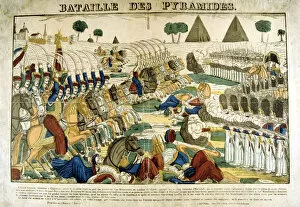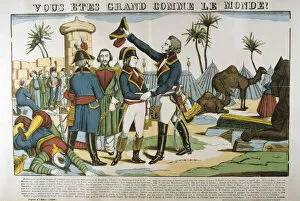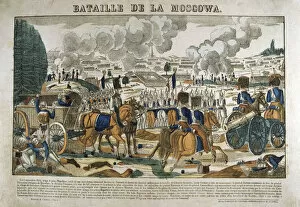François Georgin Collection
François Georgin, a talented artist from the 19th century, captured some of the most iconic moments in history through his paintings
All Professionally Made to Order for Quick Shipping
François Georgin, a talented artist from the 19th century, captured some of the most iconic moments in history through his paintings. His works depict significant battles and events during Napoleon Bonaparte's reign. In "Battle of Austerlitz, " we witness the intense clash that occurred on 2 December 1805, showcasing Georgin's attention to detail and ability to portray the chaos of war. Another masterpiece by Georgin is "Battle of the Pyramids, " which immortalizes the fierce confrontation that took place on 21 June 1798. The painting transports us back in time, allowing us to feel the tension and power emanating from both sides. Georgin also depicted Napoleon's expedition to Egypt in "Napoleon and General Kleber. " This artwork captures their presence amidst an unfamiliar landscape, highlighting their determination and strategic prowess. In "The return of Napoleon from the Isle of Elba, " Georgin portrays a pivotal moment when Napoleon reemerged onto the world stage after his exile. The painting conveys both triumph and uncertainty as he sets foot once again on French soil. One cannot overlook Georgin's portrayal of key battles such as "Battle of Borodino" or "Battle and crossing of Bridge Lodi. " These artworks showcase not only his artistic skill but also his ability to convey historical significance through vivid imagery. Through these remarkable pieces, Francois Georgin has left an indelible mark on art history. His dedication to capturing important moments with precision and emotion allows viewers today to connect with these historical events on a deeper level.













